Take everything I said about British English in my previous post, multiply the difficulties by ten, and you have British culture (from the non-British standpoint, of course.)
One of the first things to know about the culture across the pond is how they refer to themselves. I’m including geographical and political terms, as well as some local terms and information. Make of it what you will.
I am no expert: I’ve never lived in the UK, and I’ve only visited the sceptred isle once and for a short time. I am certainly not going to try to tell you what is “British” and “not British.”
What I am attempting to do is alert you to things you might want to think about when you, a distinctly non-British person, are writing Harry Potter (or other Britain-based) fic.
These are things that have tripped me up as an American attempting to impersonate a Brit when I write. (And please take everything here with a large grain of salt—again, I am emphatically not an expert. If you are, and you think I’ve made an error, please give me a shout.)
Wikipedia defines the demonym British to include “the citizens and diaspora of the United Kingdom, the British Overseas Territories, and the Crown Dependencies.”
That’s … a lot of people.
The easiest way to understand it is via this graphic:
In case you need it, here’s a more detailed breakdown of the various terms often included in or associated with the term British:
The British Isles are a geographic entity comprising Great Britain, Ireland, the Isle of Man, the Inner and Outer Hebrides, the Orkney and Shetland Islands (the Northern Isles) and what Wikipedia tells me are over six thousand smaller islands. Wikipedia further tells me that the Channel Islands are often considered part of the British Isles, though they are technically part of the British Islands (confusing, I know).
Great Britain is a geographic entity. It’s the largest of the British Isles and comprises the countries of England, Wales, and Scotland and their offshore islands.
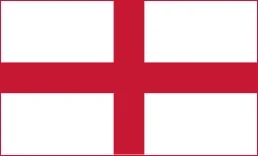
A geopolitical entity and country in the island of Great Britian that is part of the United Kingdom (see below).
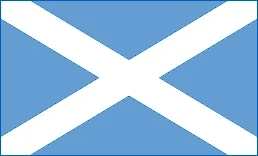
A geopolitical entity and country in the north of the island of Great Britain that is part of the United Kingdom.
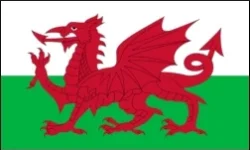
A geopolitical entity and country in the southwest of the island of Great Britain that is part of the United Kingdom.
Ireland is the geographic name for the large island in the North Atlantic that comprises the Republic of Ireland (a sovereign state that is not part of the United Kingdom) and Northern Ireland, which is part of the United Kingdom. (The geopolitics are historically complex.)
Ireland as a whole was part of the United Kingdom from 1801 to 1922. In 1921, the UK divided it into two parts: Northern Ireland and Southern Ireland, both within the United Kingdom, though Northern Ireland had a devolved government (known as Home Rule).
In December 1921, subsequent to the Irish War of Independence (1919–1921), the Anglo-Irish Treaty created the Irish Free State (from 1948 called the Republic of Ireland) from what had been Southern Ireland. Northern Ireland chose to remain part of the United Kingdom.
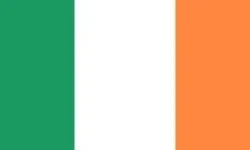
The Republic of Ireland is a political entity. It is a sovereign state—not part of the UK—comprising most of the island of Ireland.
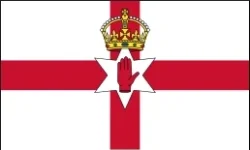
Northern Ireland is a political entity that is part of the UK. It comprises six counties in the northern part of the island of Ireland.
The term British Islands is a legal term within the UK. It comprises the United Kingdom, the Channel Islands, and the Isle of Man.
These are islands in the English Channel that are geographically considered part of the British Isles but are not part of the UK. They are:
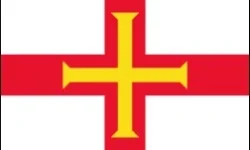
A self-governing group of islands that are collectively a British Crown Dependency, including three islands with their own jurisdictions: Alderney, Guernsey (which includes Helm), and Sark; and a group of smaller inhabited islands and uninhabited islets.
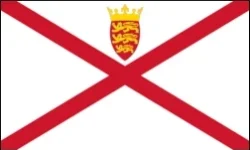
A self-governing island and British Crown Dependency comprising the larger island of Jersey and several groups of small, uninhabited islets.
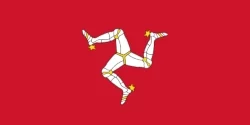
A self-governing island and Crown Dependency in the Irish Sea.
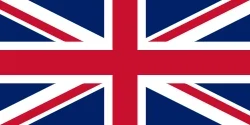
Officially known as the United Kingdom of Great Britain and Northern Ireland, the United Kingdom (UK) is a political and geographic entity that comprises the countries of England, Scotland, Wales and Northern Ireland and the smaller islands of the British Isles.
Its government is a unitary parliamentary constitutional monarchy, and the titular head of state is the reigning monarch (as of this writing, King Charles III). The head of the government (the person who holds executive political power) is the Prime Minister (currently Keir Starmer).
It has a parliament comprising an upper chamber (the House of Lords, a group of about 800 peers, most of whom are appointed for life and some of whom are hereditary peers, though they no longer directly inherit their seats); a lower chamber (the House of Commons, a group of 650 elected members); and the sovereign (the reigning monarch, who holds a largely ceremonial position in parliament).
Each of its constituent countries (England, Wales, Scotland, and Northern Ireland) has its own political jurisdiction and government. Matters that are governed by these countries independently from the UK government as a whole are known as devolved matters.
Per Wikipedia: “An international association of 56 member states, the vast majority of which are former territories of the British Empire from which it developed. They are connected through their use of the English language and cultural and historical ties.”
Member nations are independent, sovereign countries rather than dependent territories.
Australia, Canada, India, New Zealand, and South Africa are among the largest commonwealth countries.
Not part of the UK.
Three self-governing island territories in the British Islands (Bailiwick of Guernsey, Bailiwick of Jersey, Isle of Man). Not part of the UK.
Fourteen territories outside the British Islands that maintain (per Wikipedia) a “constitutional or historically recognized connection with the UK.” They aren’t technically part of the UK, but the UK “retains authority over defence, foreign relations, internal security, an ultimate constitutional oversight.”
They include the British Virgin Islands and the Cayman Islands, as well as the Falkland Islands, Gibraltar, and other islands in the South Atlantic and South Pacific, and elsewhere.
This term describes geographic entities that were once part of the vast British Empire but eventually became independent. (The term colonial has generally negative connotations and is associated with the depredations of the Empire, although it has been used by some as a pejorative to describe citizens of the former colonies, to imply a certain backwardness.)
The WorldAtlas has a useful table of former British colonies and their years of independence.
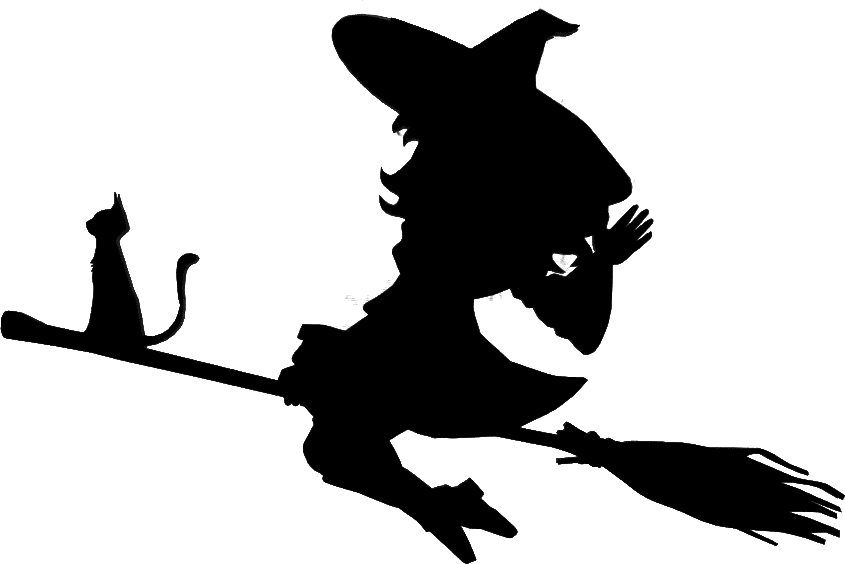
Lorem ipsum dolor sit amet, consectetur adipiscing elit. Ut elit tellus, luctus nec ullamcorper mattis, pulvinar dapibus leo.